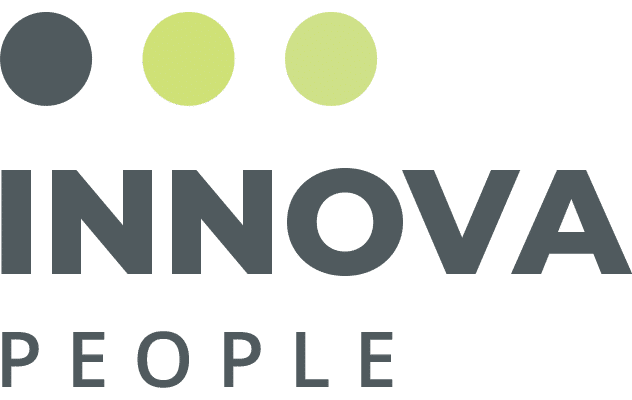
April 28, 2022
By Christy Pashkovskiy, Director of Marketing
Returning to work after an extended leave can be a tough process. Those with the luxury of family leave time after the birth or adoption of a child may be out of the office and out of their work routine for months, so the transition back can be intimidating. With preparation and managing expectations with yourself, your supervisor and your team, returning to work can be a manageable and even rewarding experience.
Below we have outlined helpful tips for employees to make a happy, productive, and successful return to work after leave, as well as best practices for companies to assist employees in the transition back.
Employee Return to Work Basics
Start planning for your return to work at the end of your leave. While it may seem daunting, preparation is key to a smooth transition back to work. Below are six things to do before your first day back.
- Reach out to your HR department. In some situations, there may be paperwork to fill out, the need for a healthcare provider sign-off, and confirmation of the date you are starting back. Discuss any questions and/or concerns you have with your HR manager.
- Call your immediate supervisor. Instead of waiting until your first day back, give your boss a quick call to communicate when you will be returning, and share any changes to your schedule that may need addressed.
- Get in touch with members of your team. To ease yourself back into the work culture, have a few conversations with co-workers to catch up on current projects and any major changes that may have happened since you have been gone.
- Lock in your childcare plans. An obvious, but sometimes difficult task, deciding on the right care for your child may be one of the most important things to figure out before your return to work. Be sure to test out your options and line up back up plans. You also may need to write out important contact info for the childcare provider, and details about your child that are necessary to know (such as sleep and eating routines, allergies, etc.).
- Develop a plan for pumping if needed. Those who breastfeed may need to put together a plan and schedule to do so. Important points to cover with your employer are scheduled pump breaks and a private space to pump. If this applies to you, organize your intended process and make sure that you have a bag for your pump, storage for milk, water and brainstorm snacks to take into work.
- Go through a practice run. Maintaining a routine will help both you and your child to adjust to your return to work. Going through your new process as a trial run will give you the time to work out anything unexpected and help you develop the right routine for your family. Think about things like dinner prep and your personal work wardrobe. Anything that can be simplified will help you in the long run.
Employee Mental Health
Anyone who has gone on parental leave and returned to work will tell you that it has its challenges. Some adapt easier than others but being in a good mental state and getting the help you need to accomplish that is important for you to put your best foot forward.
- Manage expectations with your employer. Have a discussion with your boss and ask for flexibility if needed whether you need to work different hours, consider part-time or a different flexible arrangement.
- Reach out to others who are going or have gone through the same situation. Friends or co-workers who have also gone on leave and returned to work can be a great support system and offer helpful advice in successfully returning.
- Make time for yourself. If you are emotionally drained, returning to work will be even more challenging. Try to get rest when you can and take time to do something fun for yourself periodically, even if it is something small.
- Expect change. You may feel a range of emotions as you transition back to work. Give yourself grace and know that it may not feel the same as it did before. You will create new routines and habits that work best for you and your family.
Employer Best Practices
As outlined above, returning employees have likely been out of work long enough to have significant obstacles and challenges to overcome in their return. To ease the stress and have a better chance of retaining these employees, there are various steps employers can take to make their return to work a better process.
- Offer substantial leave. While there are numerous caveats surrounding parental leave, companies who offer an attractive leave policy have a better chance of retaining high-performing employees. A paid leave policy with plenty of time off is a great way to stand out among your competition as an employer.
- Communicate. Although people who are on leave may be busy with a new child, it is important for employers to check in periodically throughout leave to understand how the employee is feeling and where they are mentally. This communication should continue and increase as the return-to-work date gets closer. Even a running document of updates, new projects, team wins, and more is helpful to put together for a returning employee.
- Offer flexibility for those returning to work. As mentioned above, employees may be more comfortable with a flexible schedule, remote work or other work arrangements upon going back to work. Some companies even build in a transition period with returning employees working part-time for a number of weeks before going back to full-time. Employers who are understanding of new circumstances for their employees and build in flexibility will reap the benefits when it comes to retention and employee engagement.
- Encourage support and community. Many employees will go through a leave time period and return to work at some point in their careers. Employers can help to set up sharing groups between these employees to help them overcome challenges, exchange advice and have discussions.
Parental leave is an important topic to consider for employees at their current organization, those searching for new roles, and the employers themselves. With time and thought, the return-to-work process can be successful for both the employee and employer.





